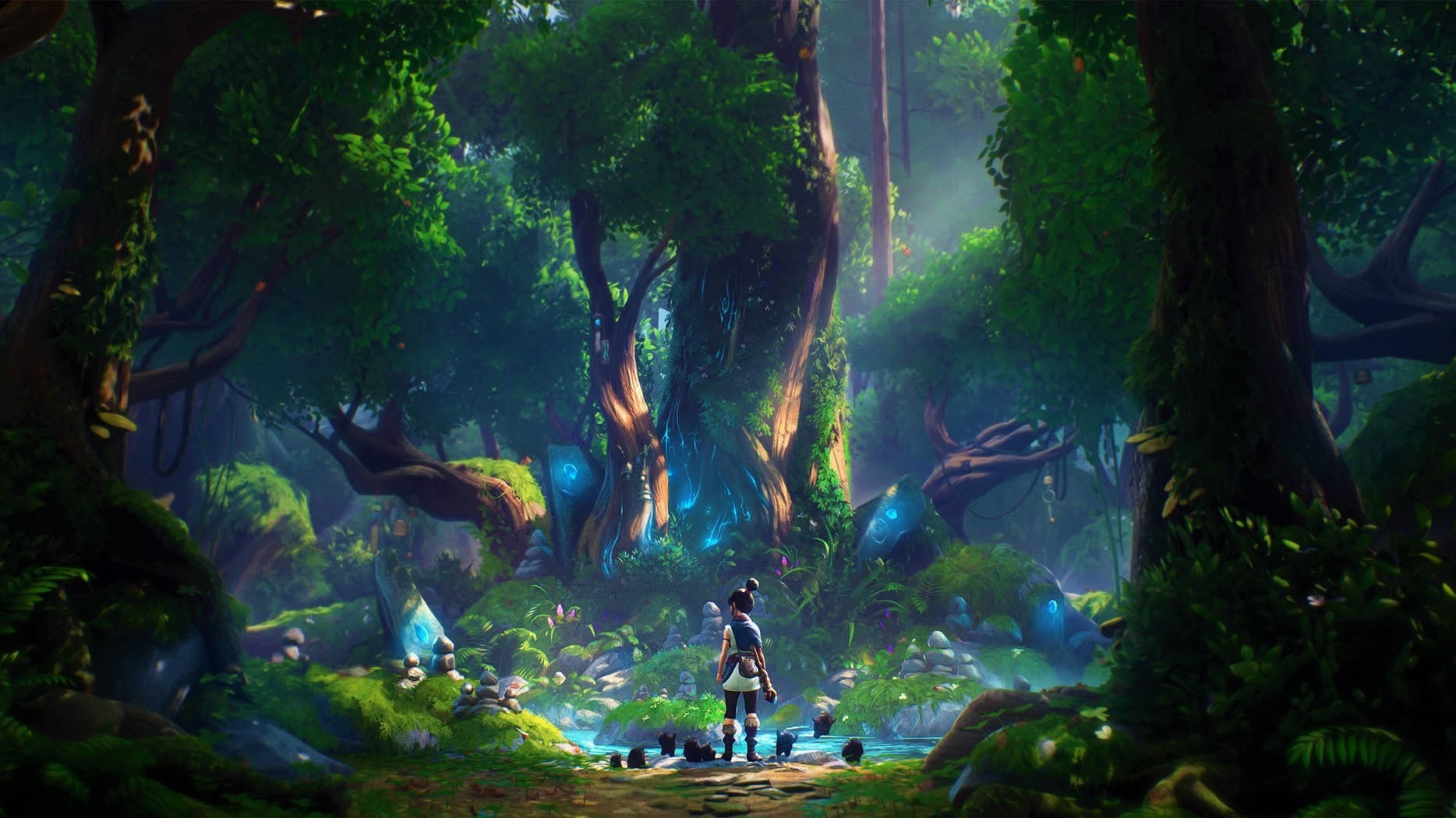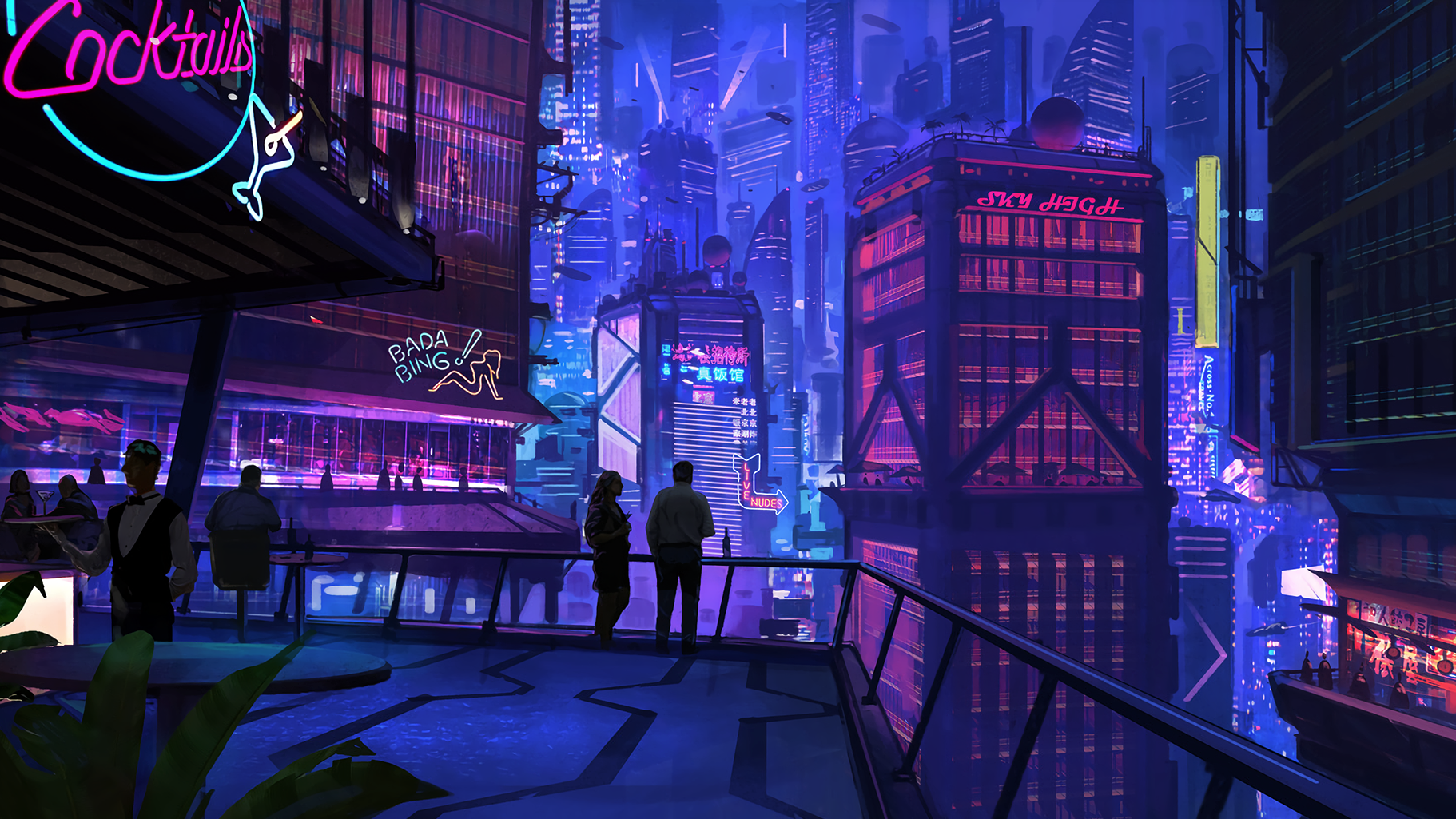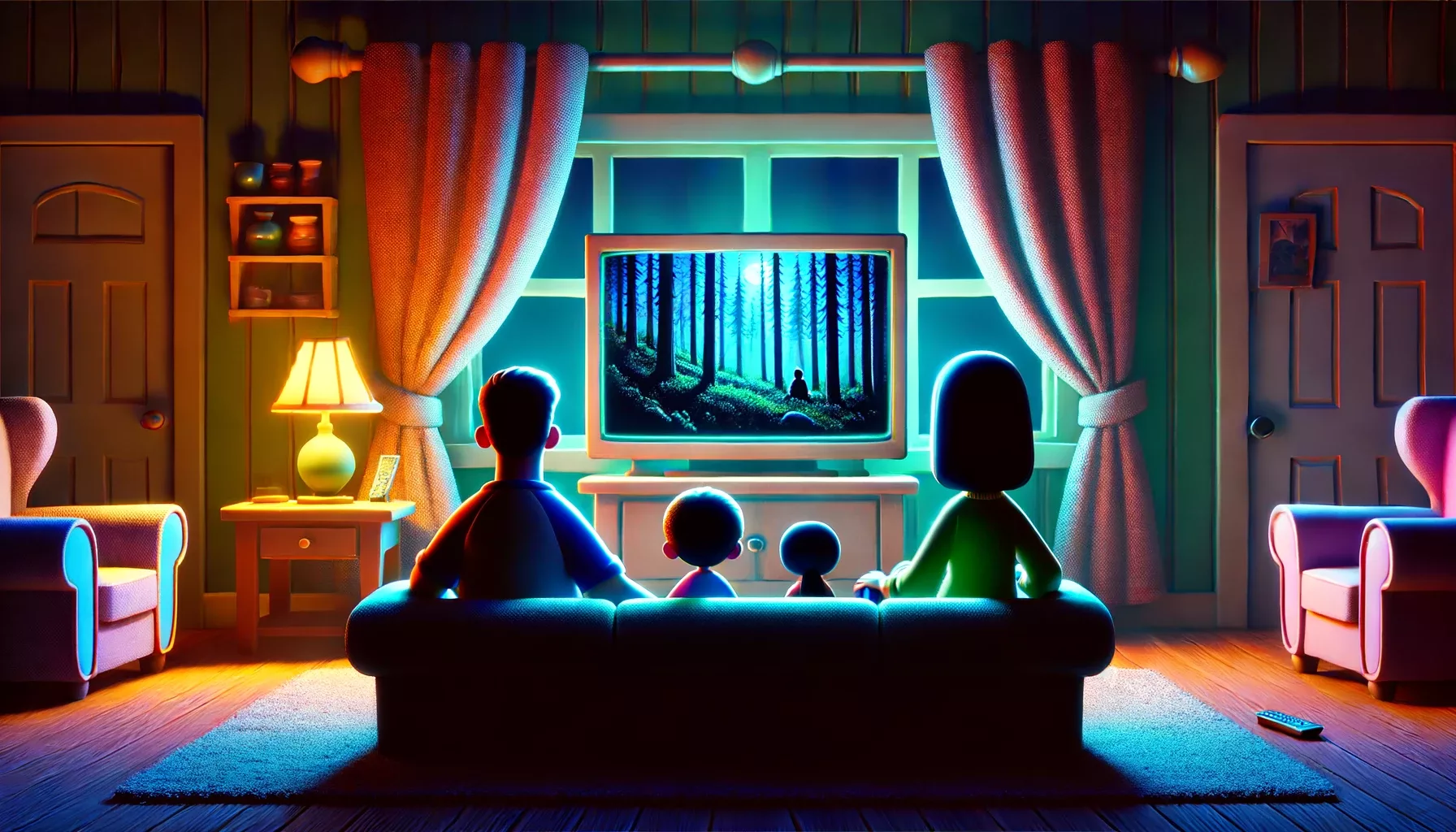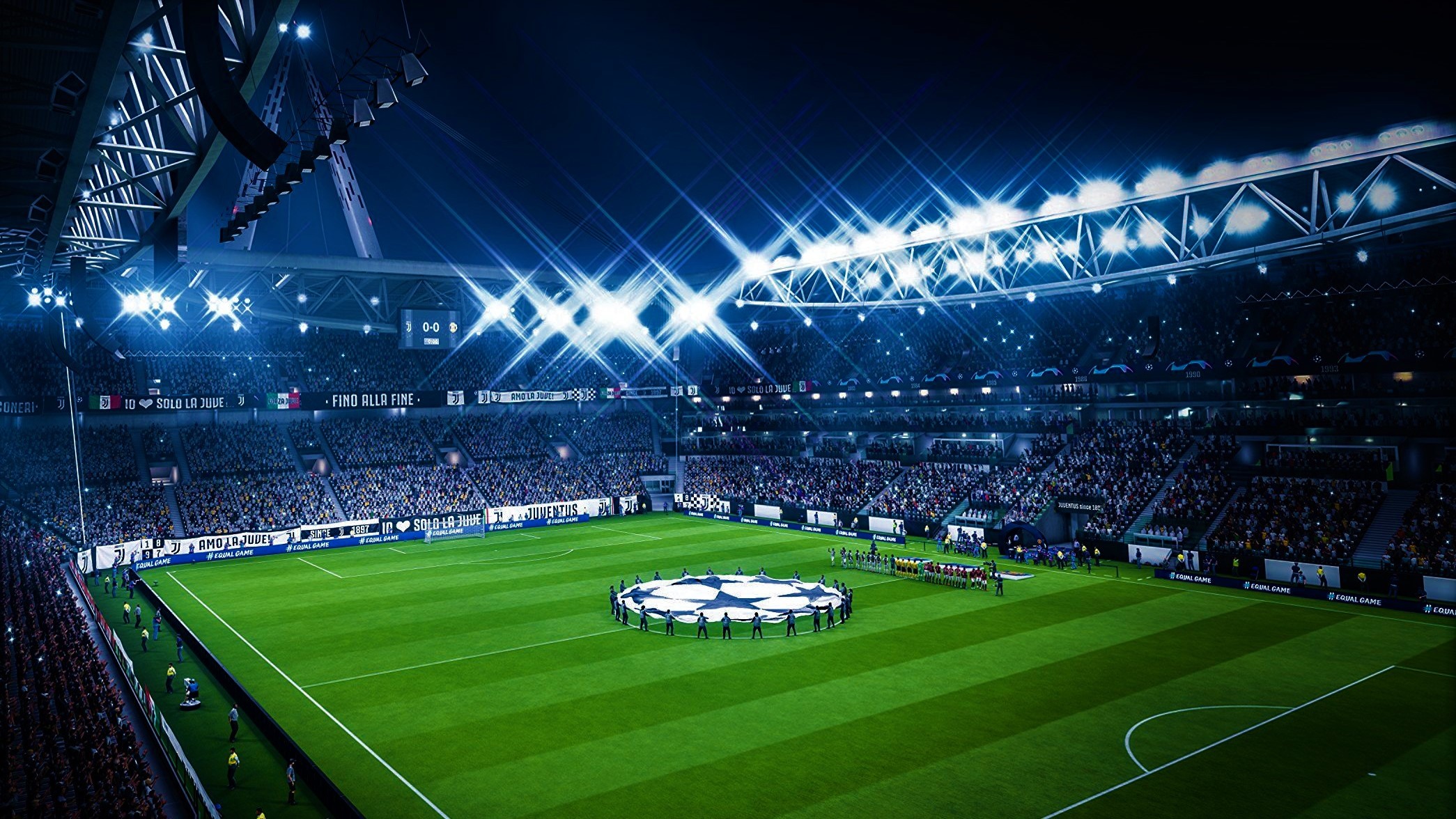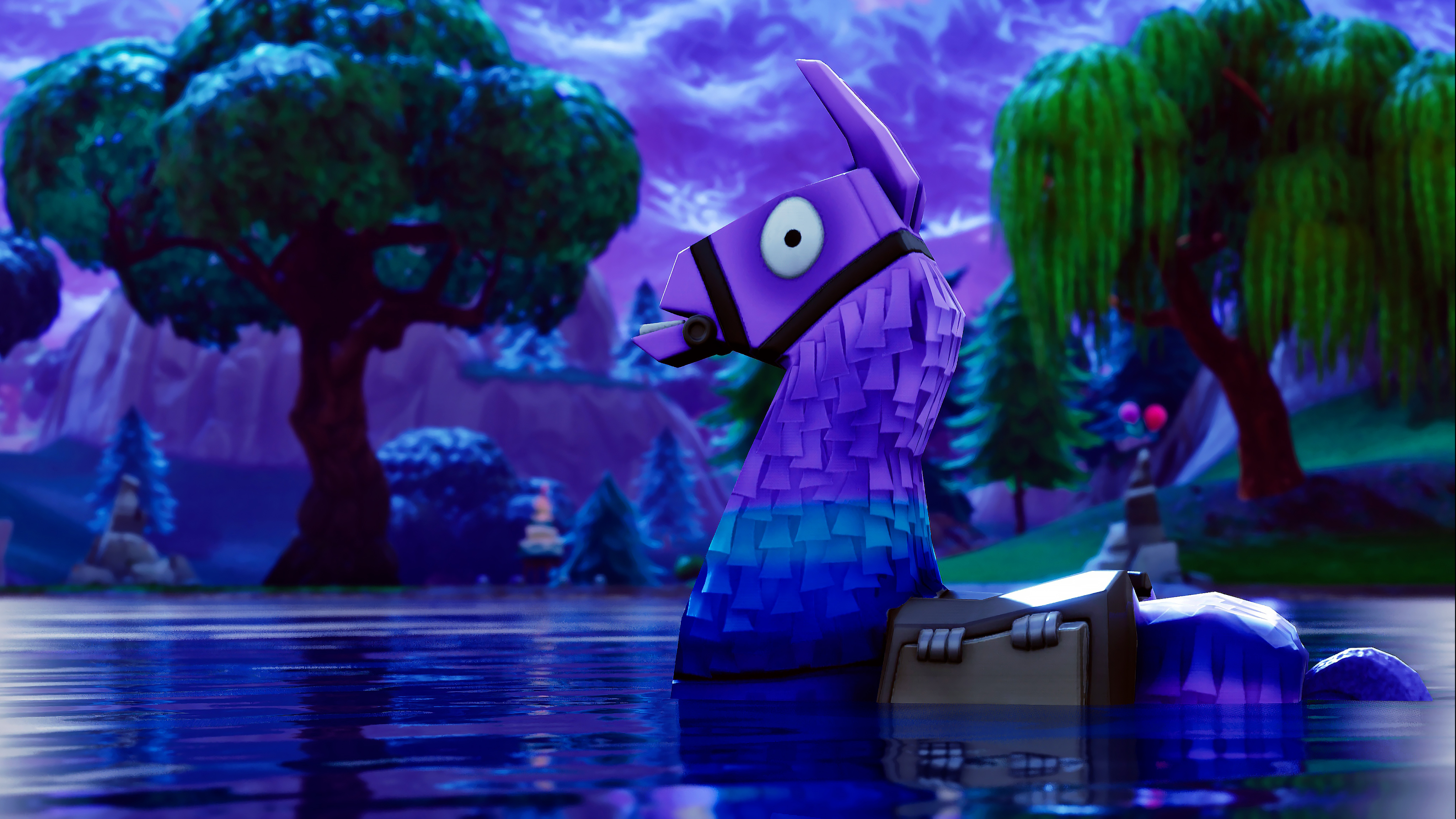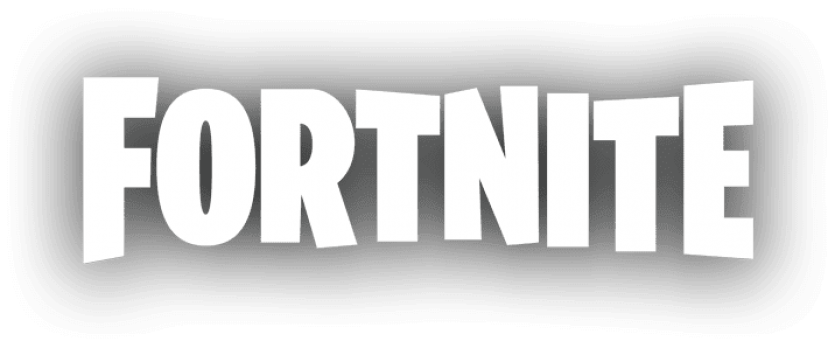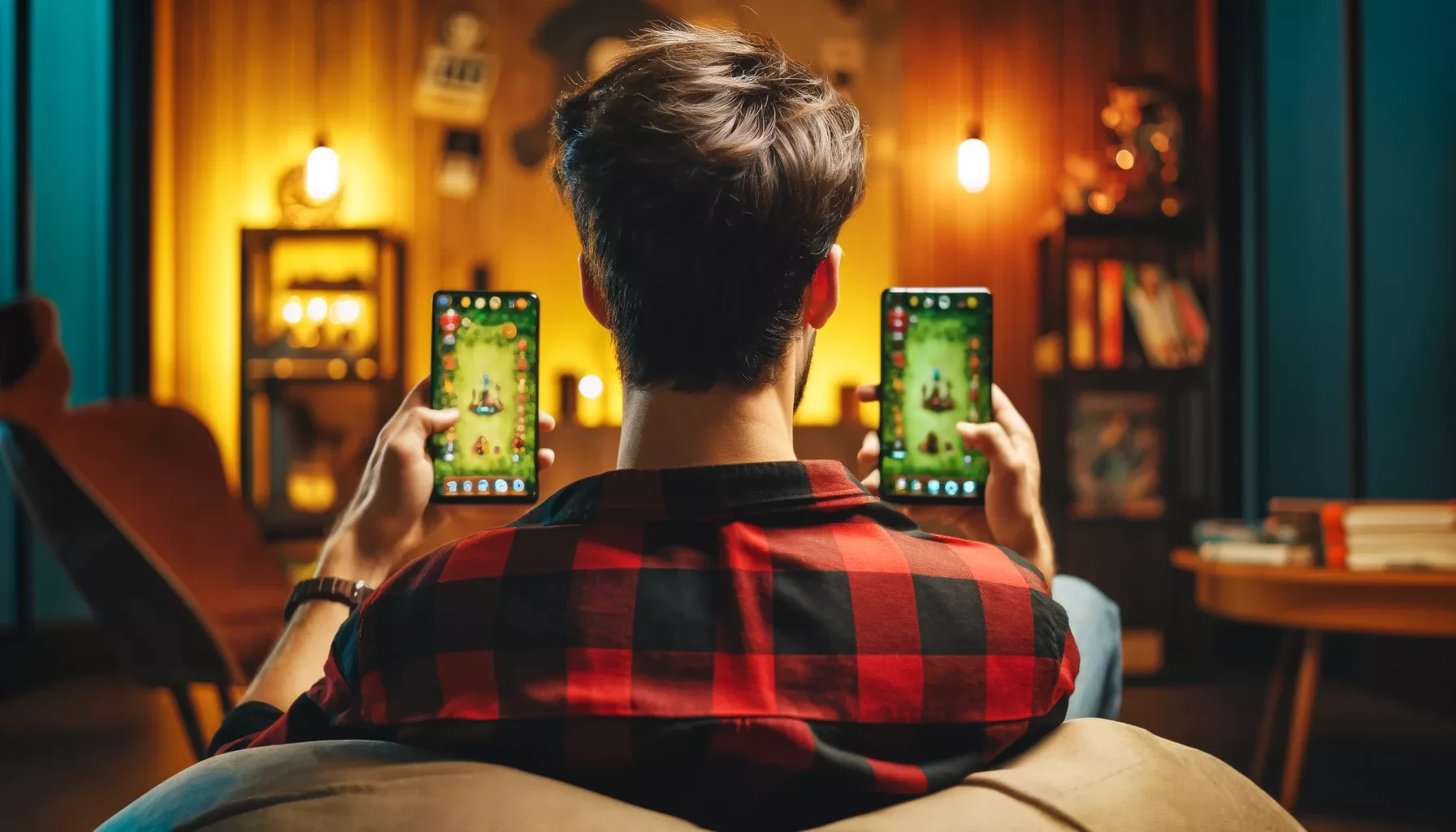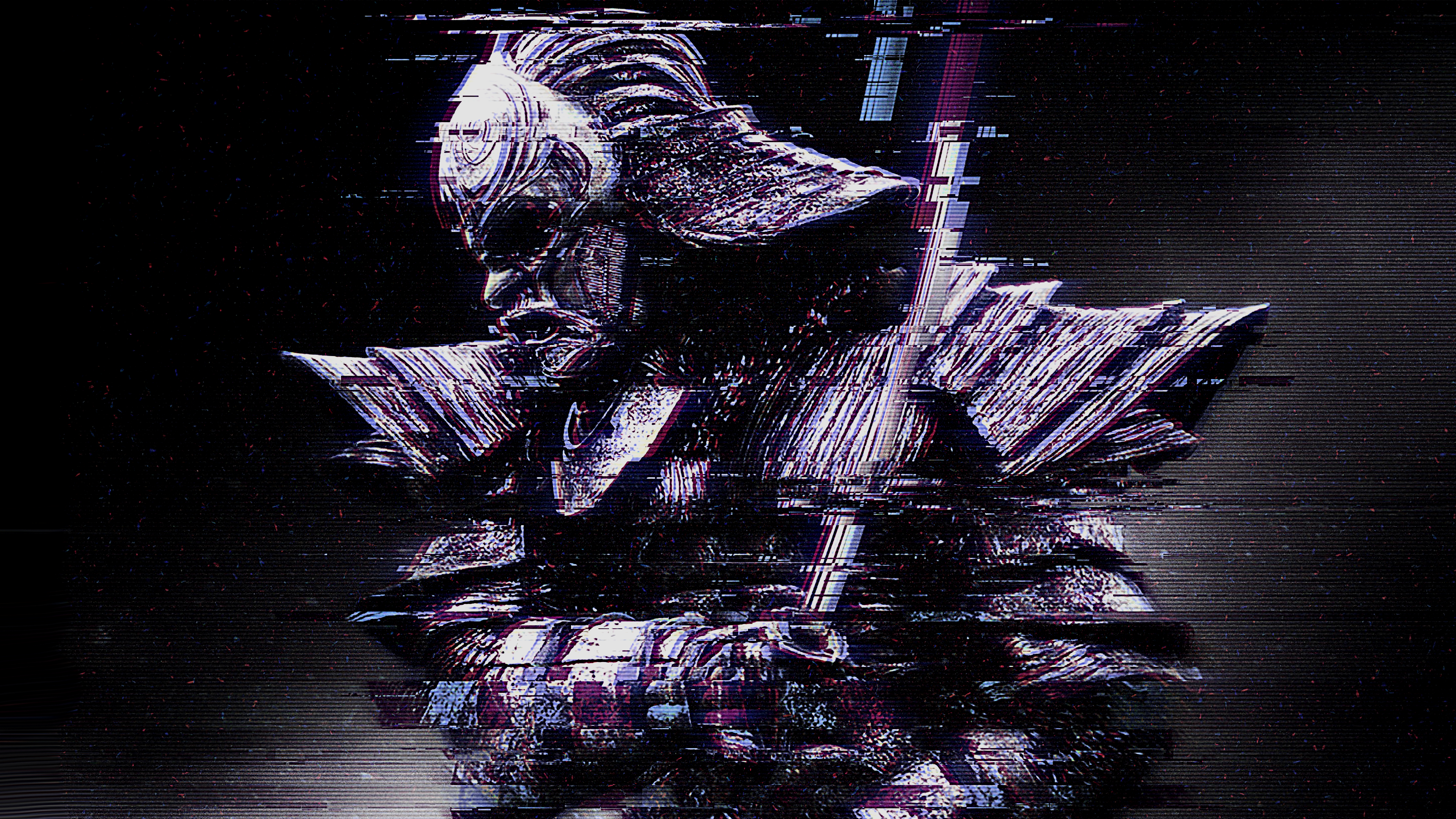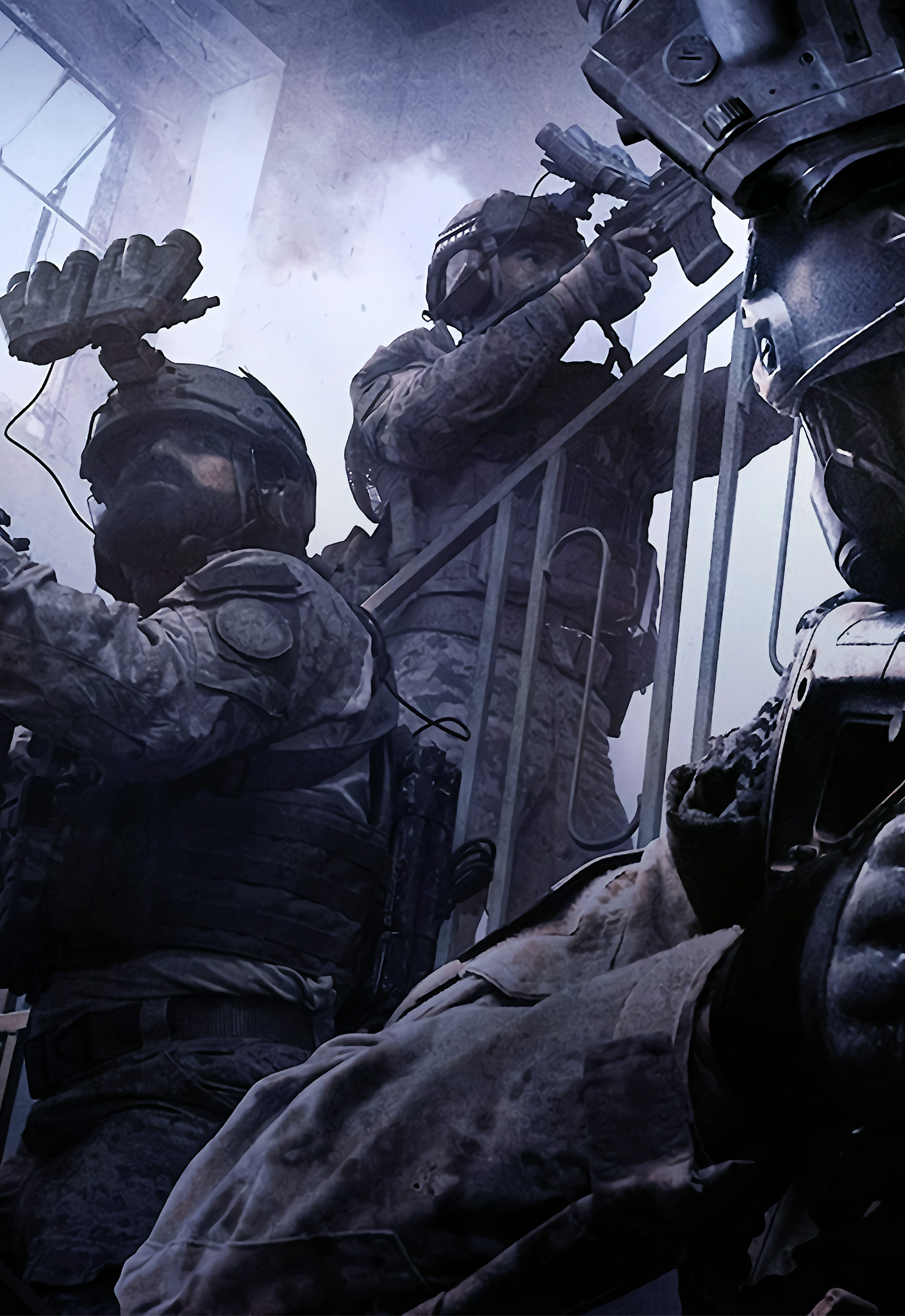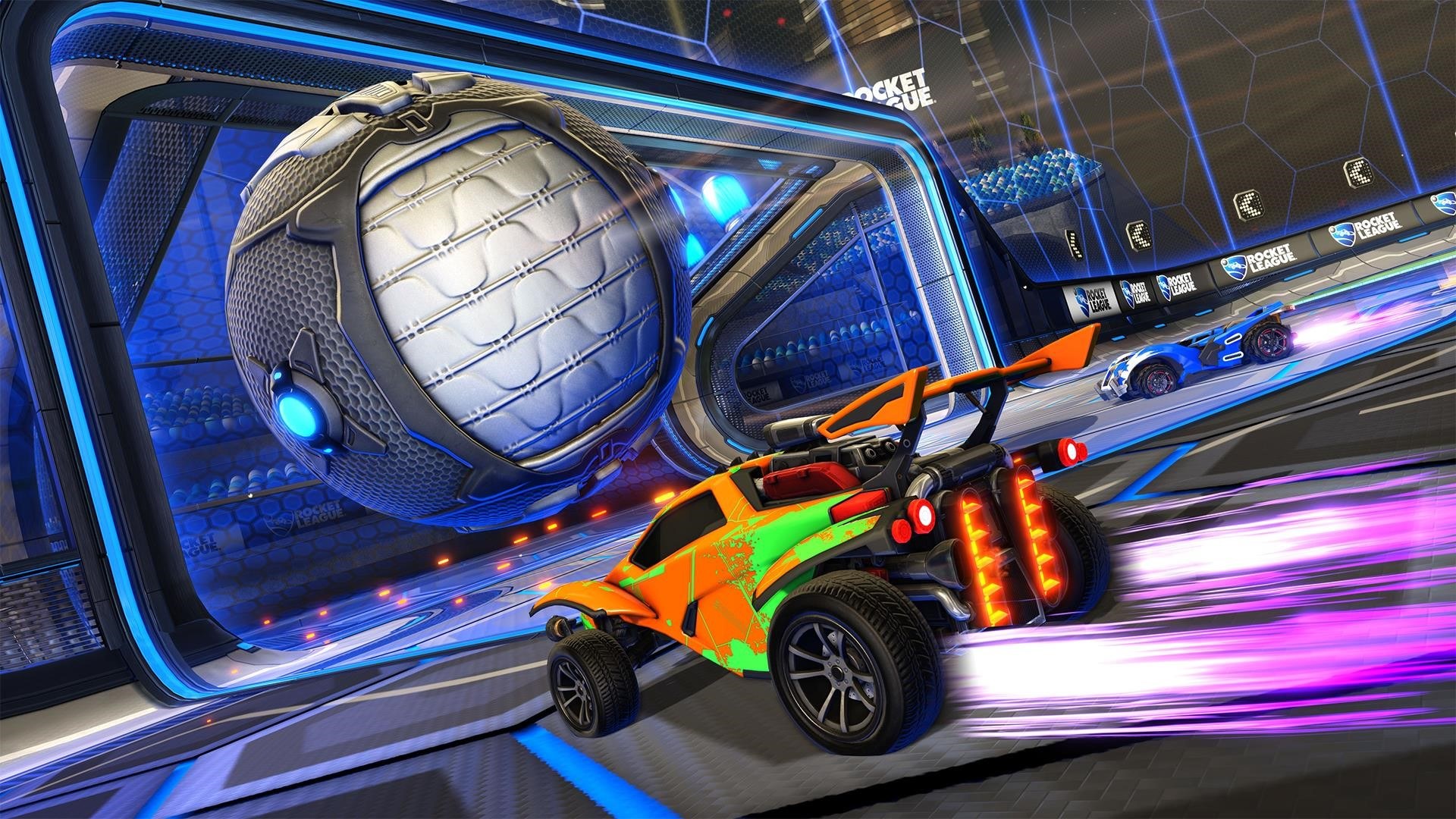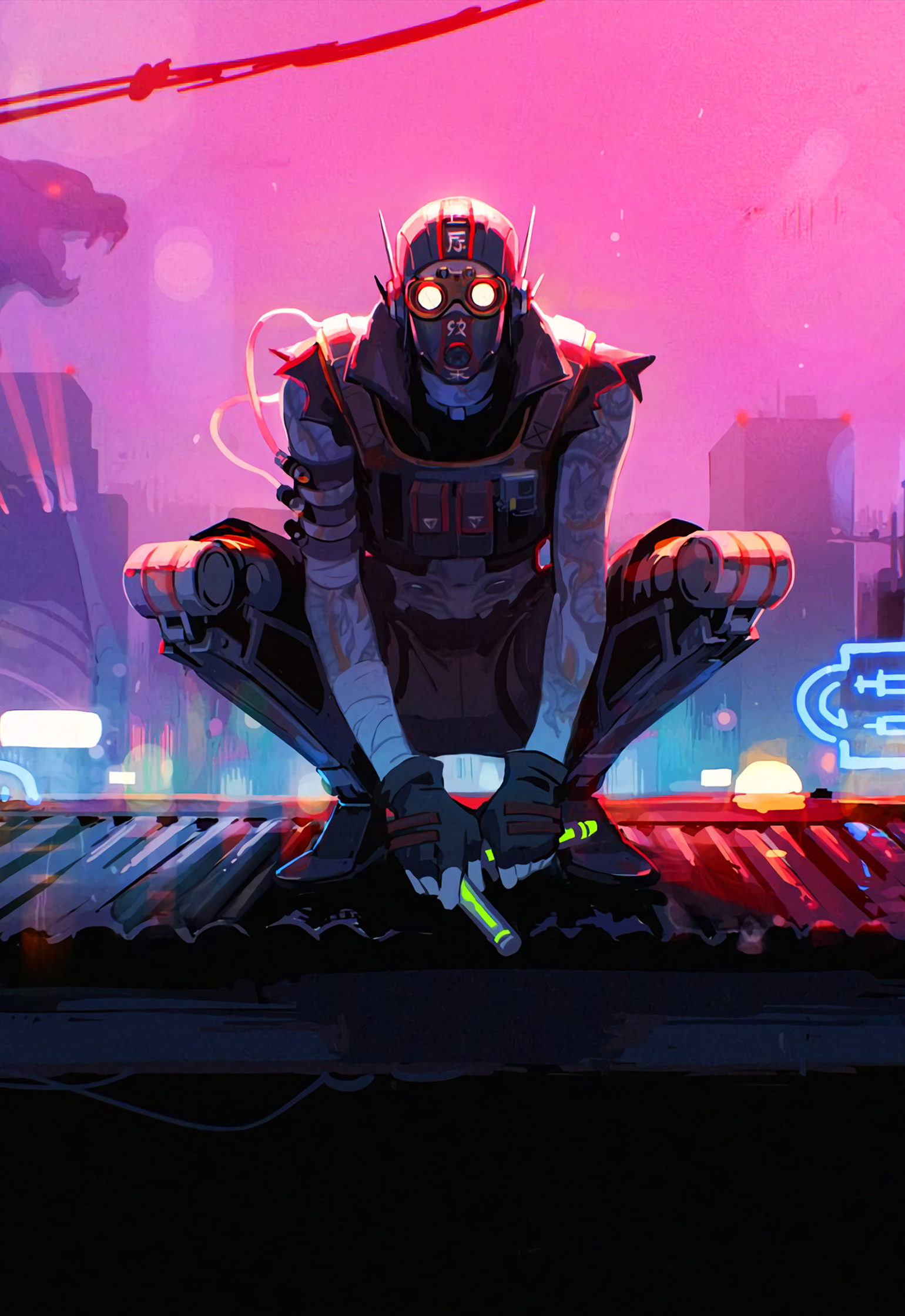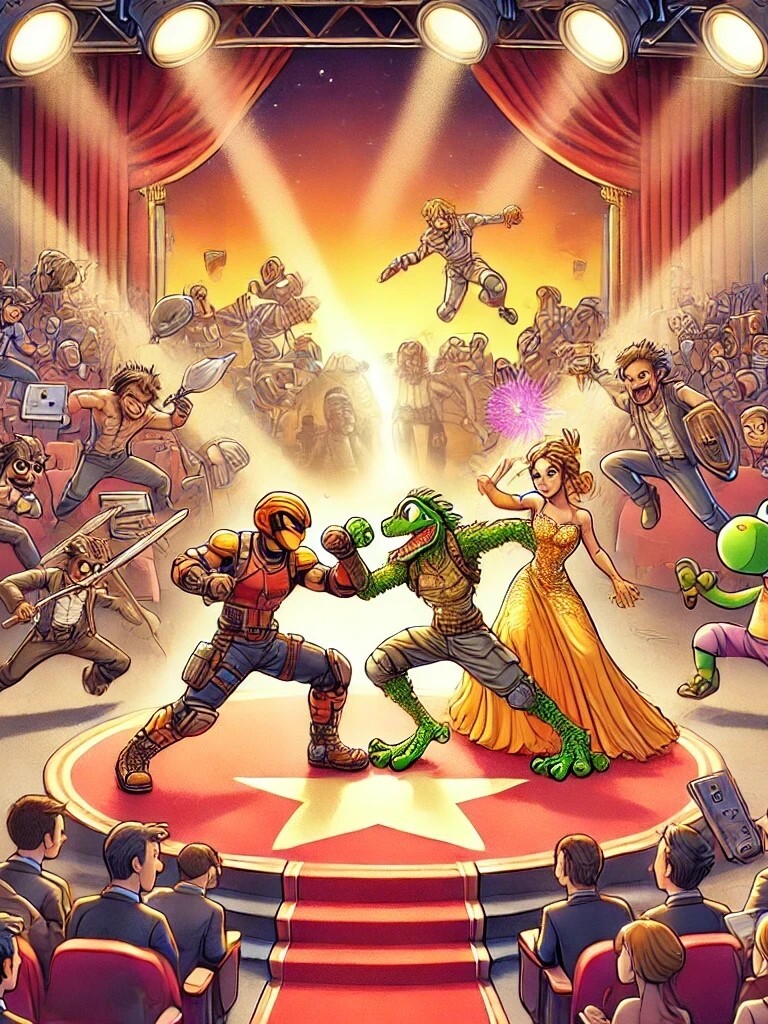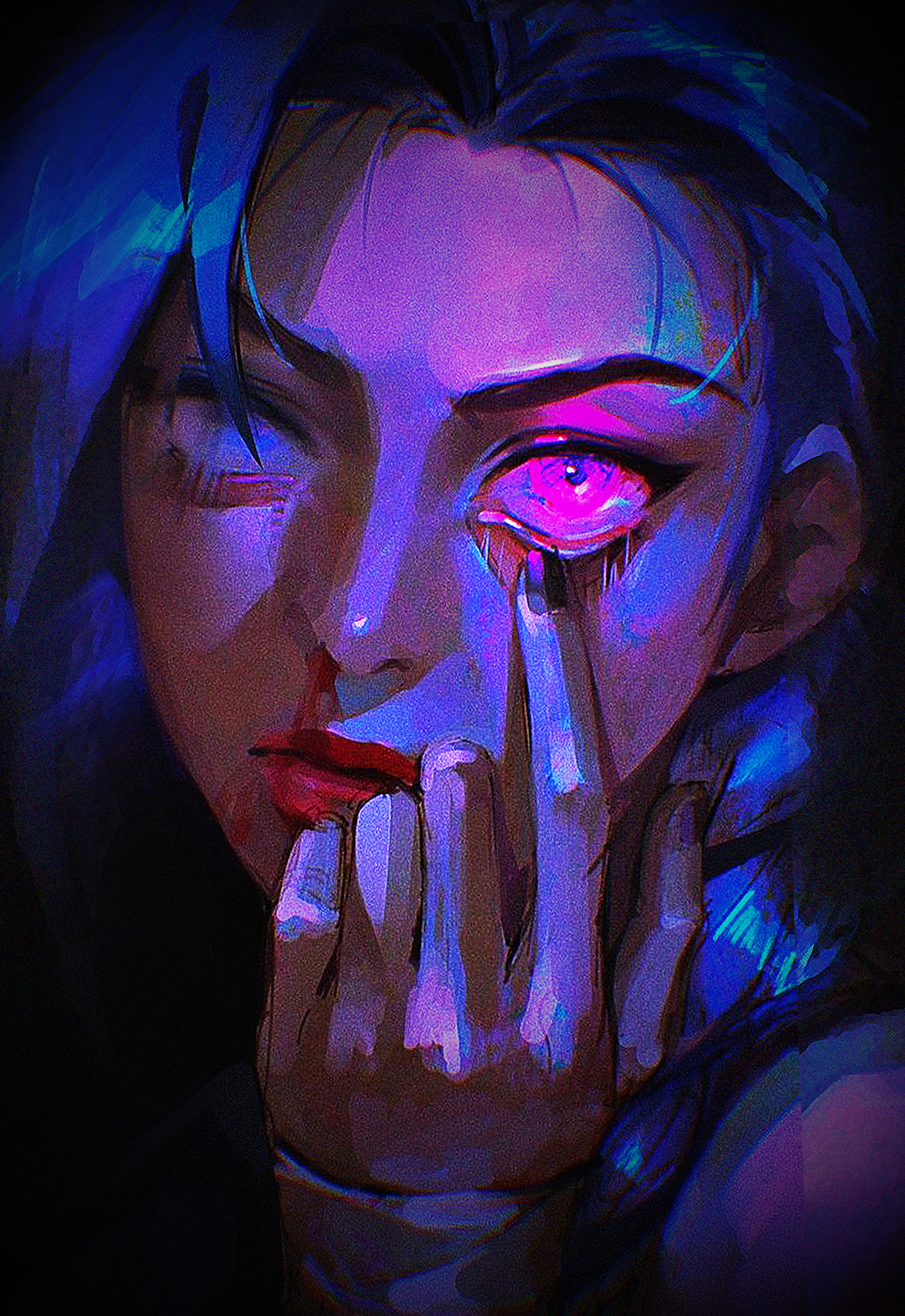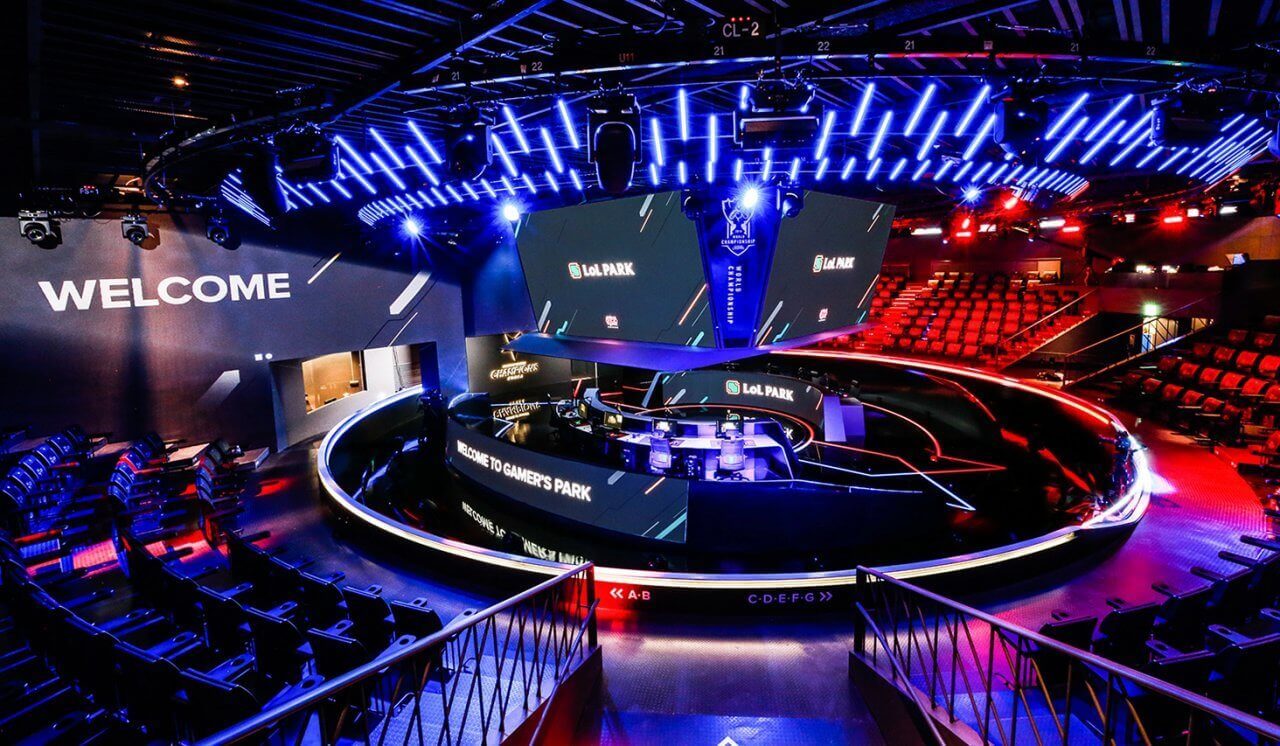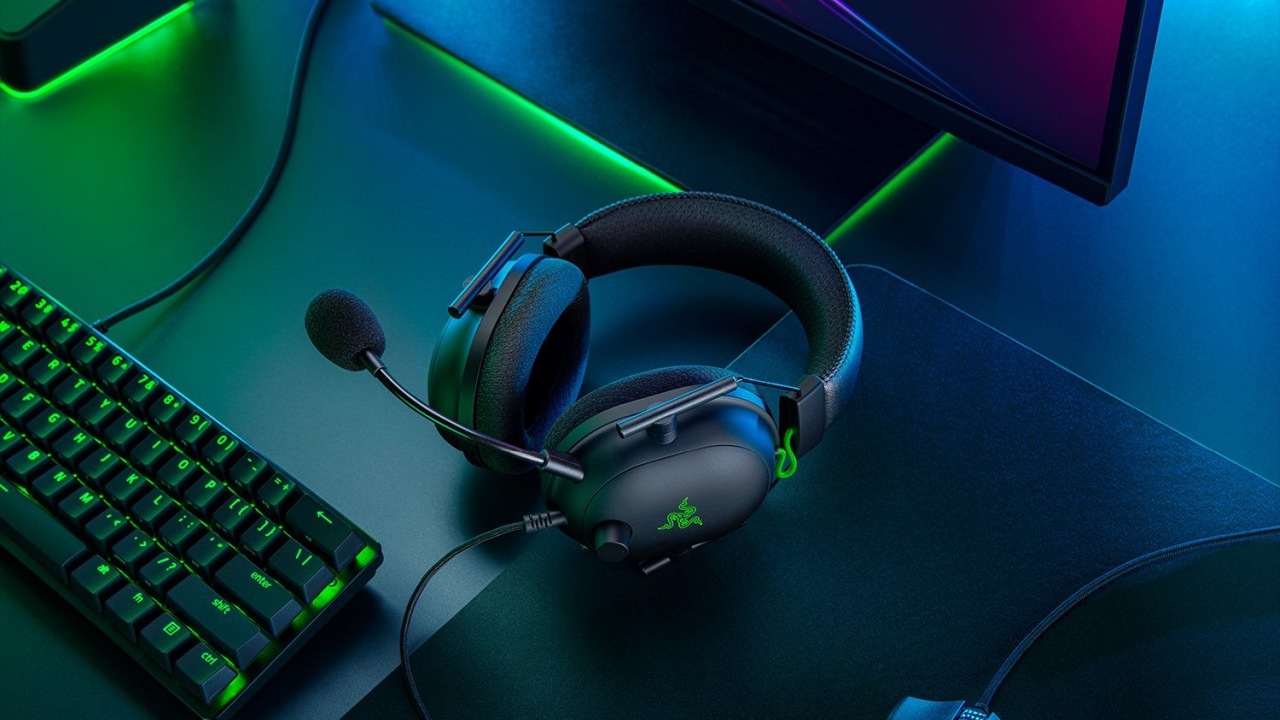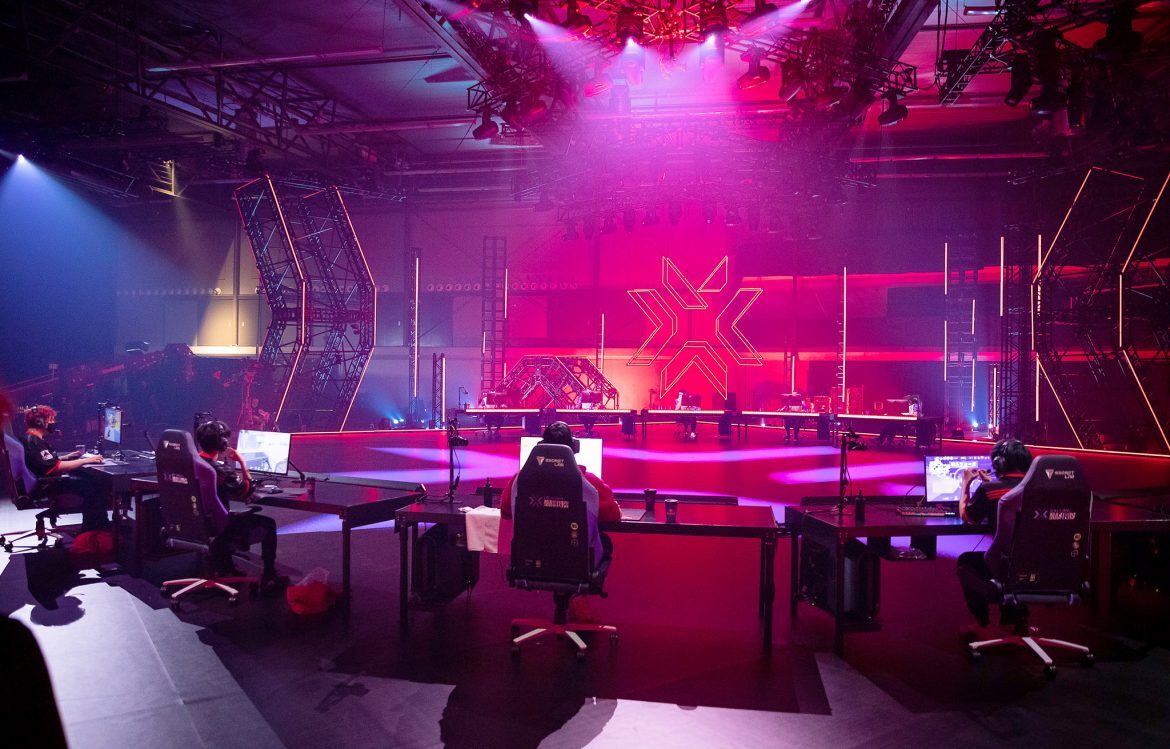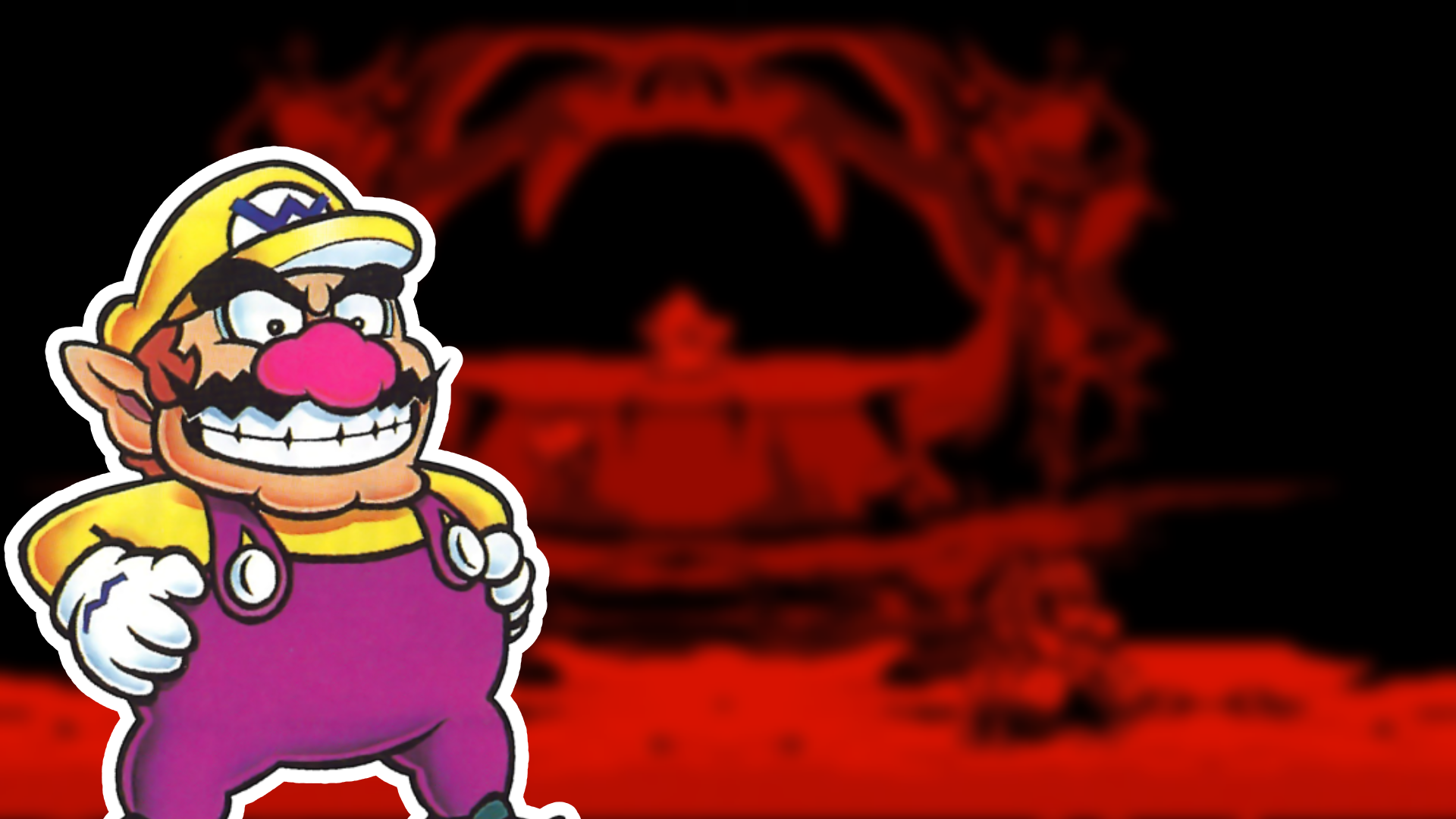Jumping back and forth between nostalgia and obscurity.
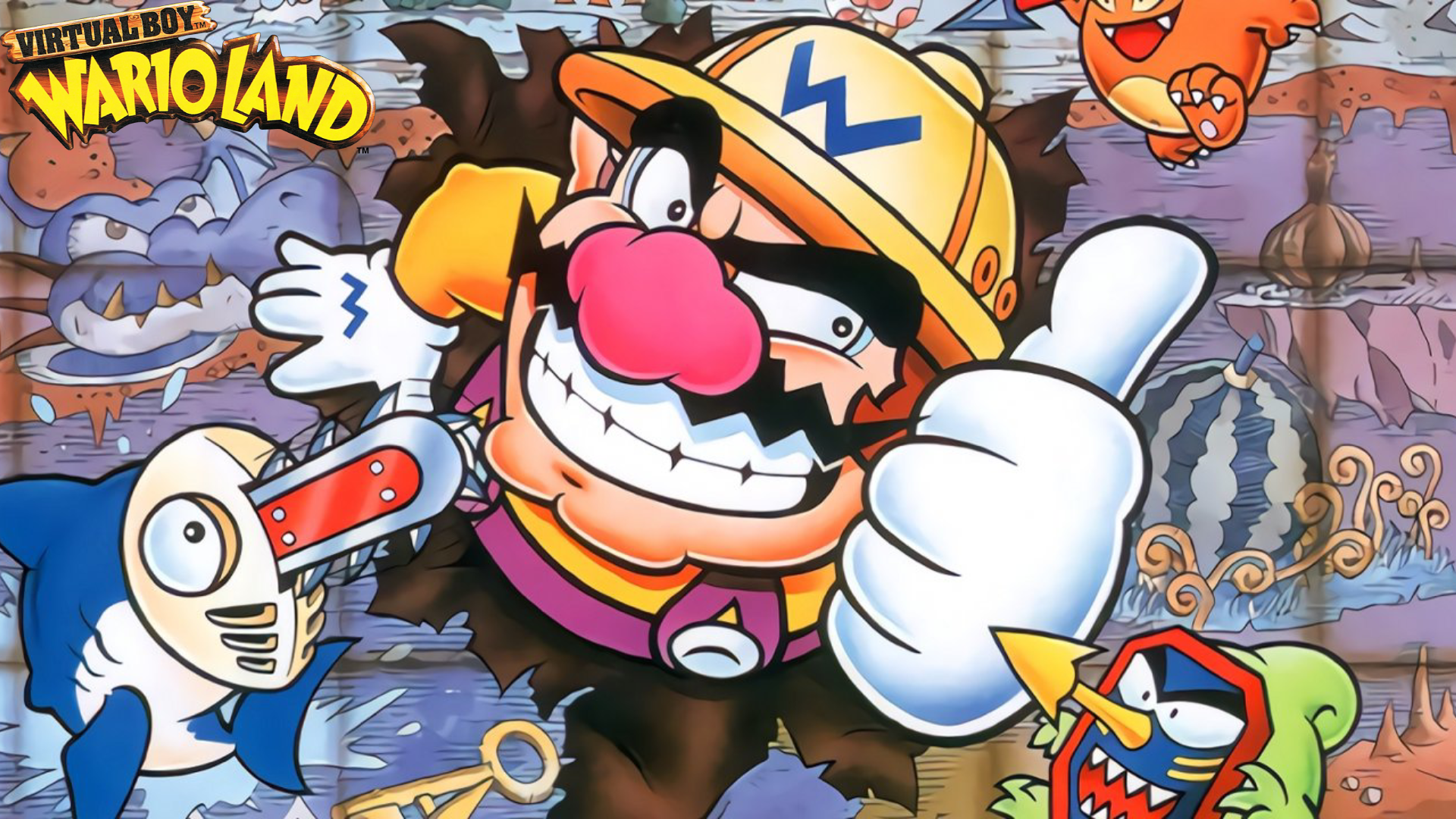
When Wario was first introduced as the antagonist of Super Mario Land 2: Six Golden Coins (1992), few people expected him to develop the star power and marketability that he would eventually attain.
After reappearing in some puzzle games, the greedy antihero would go on to receive his own platforming game series beginning with Wario Land: Super Mario Land 3 in 1994, followed by Wario Land II in 1998. But what about the entry that released between 1 and 2?
Hunting For Treasure
At the time, Nintendo was divided into multiple development teams, one of them being Nintendo R&D1, known for their own franchises like Metroid or Kid Icarus as well as inventing the beloved Game Boy system. The team was tasked with developing the Mario Land titles for their handheld, but felt restricted in their creative freedom by having to adhere to the norms of a franchise they did not invent themselves, something they aimed to break from with their own Wario Land series.
Wario's adventure shared the same basic 2D platforming premise as Mario's equivalents, but the yellow-clad treasure hunter had to deal with completely new enemies and settings, sporting different moves and collectible power-ups than his rival. At the same time, the team were developing the Virtual Boy as a successor to the Game Boy.
The system was marketed as a virtual reality machine, although in reality it got continuously scaled back in development to where it became just some black-and-red 32-bit handheld console that would be held up directly in front of your eyes to create the illusion of stereoscopic 3D. This feature was predestined to be used in R&D1's next flagship project: Virtual Boy Wario Land (1995).
Striking Gold
In the first Wario Land, the titular heavyweight was able to do a dash attack and ground pound (before Mario developed that ability in Super Mario 64) as well as pick up and throw the minions of pirate leader Captain Syrup on his quest to steal a giant golden statue of Princess Peach in hopes of using it to finance his own castle.
Apparently not satisfied with the amount of treasure collected during his first quest, during his vacation in the "Awazon River Basin", Wario's greed leads him stumble into a deep cave system, where he encounters new foes and hazards standing in his way, which need to be overcome with a move set and power-ups elaborating on those of the game's Game Boy predecessor.
Within the game's fourteen stages, the Virtual Boy's stereoscopic 3D is used via gameplay elements that interact between background and foreground, such as jump pads allowing Wario to switch planes or launching projectiles between them. The game incentivizes exploration by presenting different endings depending on the amount of treasure collected.
Losing The Loot
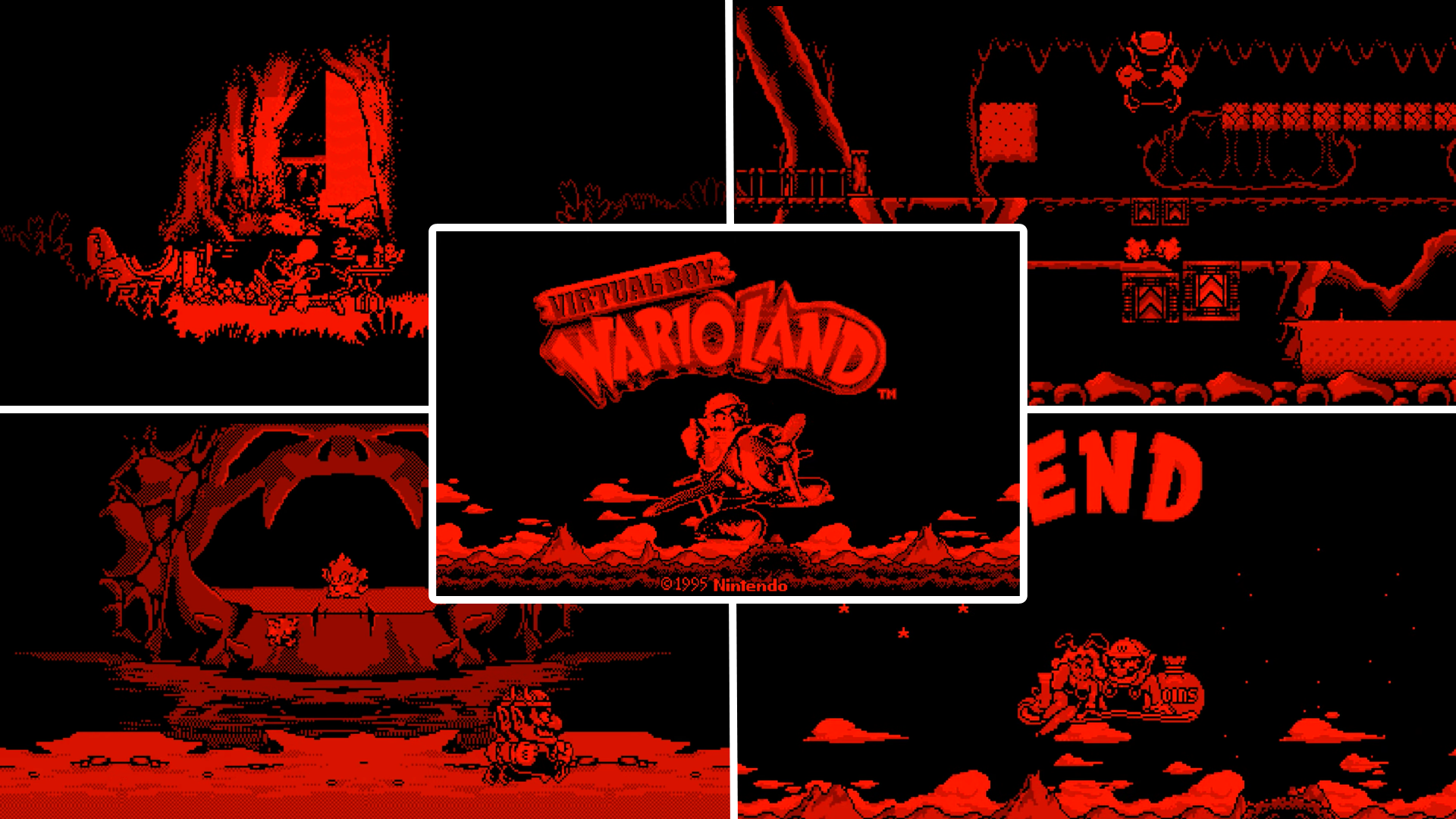
Virtual Boy Wario Land received a lot of praise for its unique stereoscopic visuals and their successful gameplay integration into a 2D platformer, really cementing Wario Land as a series that could do no wrong. Especially in retrospective reviews, the main issue of the game comes down to its short length... and it being a Virtual Boy title.
The console became a colossal failure, with fears of eyestrain and long-term vision impairment contributing to it selling not even 800,000 units, only being home to 22 different video games and getting discontinued a year after release. Nintendo seemingly wants people to forget that the Virtual Boy ever existed, with the company refusing to re-release its games via any of its retro games services like Virtual Console or Nintendo Classic, despite the Nintendo 3DS with its stereoscopic 3D potentially making for a golden opportunity to do so.
Virtual Boy Wario Land was effectively disowned by the company, as highlighted by the fact that the entries following the title were called Wario Land II, 3, 4 respectively. The series would turn more into a puzzle platformer afterward (even making Wario fully invincible in some games), strongly deviating from the template set by the Game Boy and Virtual Boy entries until completely falling into dormancy following Wario Land: Shake It! (2008).
Setting Out Anew
Nintendo's revisionist policy around the title hasn't deterred fans from coming up with their own ways to revitalize Virtual Boy Wario Land. Its influence is clearly visible in other Z-Axis-manipulating 2D platforming titles, like Mutant Mudds (2012) by indie game studio Renegade Kid.
A pitch by the same developer for a fully-colored 3DS remake of Virtual Boy Wario Land was turned down by Nintendo without reason, though the team speculates it was due to Nintendo's reluctance to remind people of the Virtual Boy. But with the release of the fan-made Red Viper emulator in 2024, it is now at least possible to emulate Virtual Boy titles on the 3DS, with the stereoscopic 3D effect fully intact. You can even choose your own color palette, circumventing a lot of the eye strain associated with the original console's red-and-black display.
Virtual Boy aficionado "Platonic Reactor" has developed a compatibility layer which enables Wario's Awazon adventure to be played on a Game Boy Advance. Due to the obscurity of the platform, however, no further mods or romhacks have been developed for it, meaning that we can likely only hope for Nintendo to release a Wario Land Remastered Collection someday... Yeah, as if that will ever happen.
